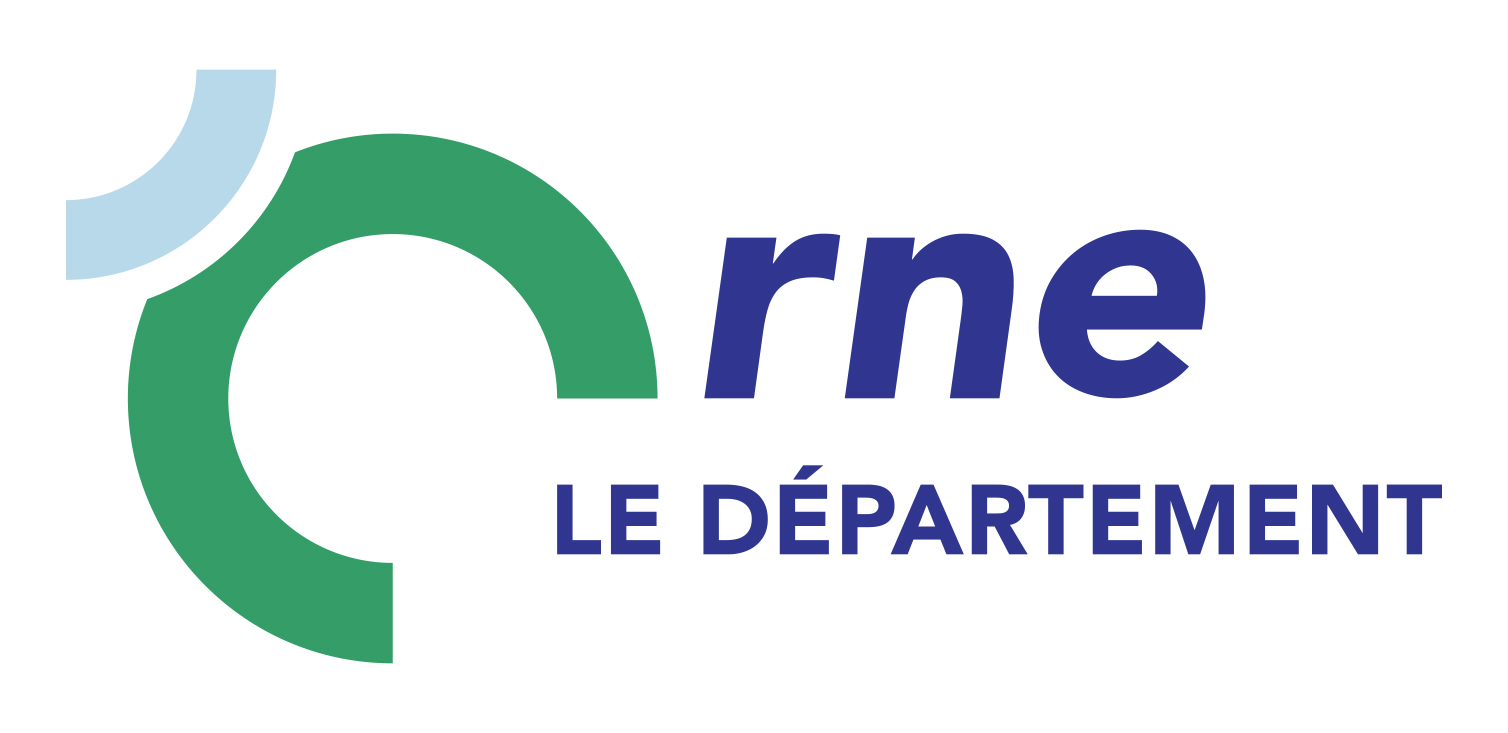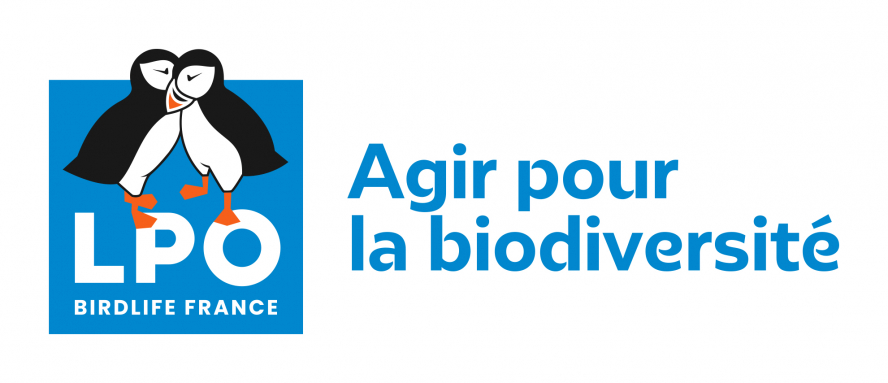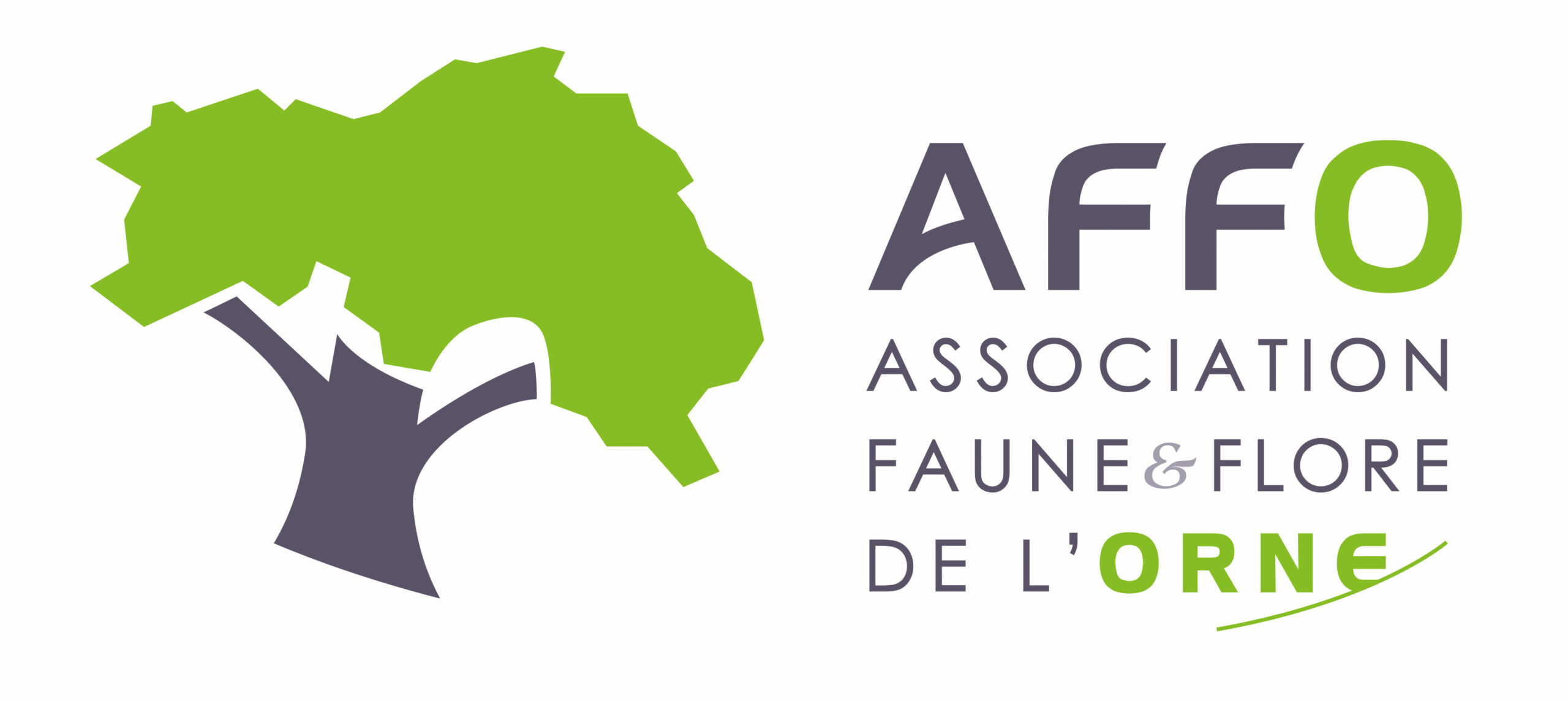Acrocephalus J. A. Naumann & J. F. Naumann, 1811
- 191 observations
-
61
communes -
34
observateurs
22
organismes -
Première observation
1960 -
Dernière observation
2025
Alençon - Aubry-le-Panthou - Avernes-Saint-Gourgon - Barville - Bazoches-sur-Hoëne - Beaulieu - Bellavilliers - Bellou-en-Houlme - Boitron - Briouze - Buré - Canapville - Champeaux-sur-Sarthe - Champsecret - Charencey - Comblot - Cour-Maugis sur Huisne - Écouves - Essay - Fleuré - Gouffern en Auge - Héloup - Igé - Juvigny Val d'Andaine - La Ferté-en-Ouche - La Ferté Macé - Lalacelle - Le Mage - Le Ménil-Broût - Le Pas-Saint-l'Homer - Les Ventes-de-Bourse - L'Hôme-Chamondot - Longny les Villages - Lonlay-le-Tesson - Lonrai - Magny-le-Désert - Ménil-Erreux - Montmerrei - Moulins-sur-Orne - Moutiers-au-Perche - Neauphe-sous-Essai - Neauphe-sur-Dive - Orgères - Perche en Nocé - Rémalard en Perche - Saint-Aubin-de-Courteraie - Saint-Bômer-les-Forges - Saint-Germain-le-Vieux - Saint-Julien-sur-Sarthe - Saint-Langis-lès-Mortagne - Saint-Léger-sur-Sarthe - Saint-Patrice-du-Désert - Saint-Quentin-de-Blavou - Sarceaux - Semallé - Tanques - Tanville - Tessé-Froulay - Torchamp - Val-au-Perche - Vaunoise
-
Ministère de la Transition écologique et de la Cohésion des territoires
Participation à 57 Observations
Part d'aide à la prospection : 29.84 %
Fiche organisme
-
Conseil départemental de l'Orne (bureau ENS)
Participation à 56 Observations
Part d'aide à la prospection : 29.32 %
Fiche organisme
-
Association Faune & Flore de l'Orne (AFFO)
Participation à 37 Observations
Part d'aide à la prospection : 19.37 %
Fiche organisme
-
Muséum national d'Histoire naturelle (MNHN)
Participation à 36 Observations
Part d'aide à la prospection : 18.85 %
Fiche organisme
-
Société d'études ornithologiques de France (SEOF)
Participation à 31 Observations
Part d'aide à la prospection : 16.23 %
Fiche organisme
-
UMS PatriNat (OFB-CNRS-MNHN)
Participation à 30 Observations
Part d'aide à la prospection : 15.71 %
Fiche organisme
-
PNR et géoparc mondial UNESCO Normandie-Maine
Participation à 13 Observations
Part d'aide à la prospection : 6.81 %
Fiche organisme
-
Groupe Ornithologique Normand (GONm)
Participation à 13 Observations
Part d'aide à la prospection : 6.81 %
Fiche organisme
-
Mayenne Nature Environnement (MNE)
Participation à 11 Observations
Part d'aide à la prospection : 5.76 %
Fiche organisme
-
Groupe Sarthois Ornithologique (GSO)
Participation à 11 Observations
Part d'aide à la prospection : 5.76 %
Fiche organisme
-
Bureaux d'études & consultants
Participation à 9 Observations
Part d'aide à la prospection : 4.71 %
Fiche organisme
-
Eole Champagne Conlinoise
Participation à 8 Observations
Part d'aide à la prospection : 4.19 %
Fiche organisme
-
Peter Stallegger (Consultant Environnement)
Participation à 3 Observations
Part d'aide à la prospection : 1.57 %
Fiche organisme
-
Système mondial d’information sur la biodiversité (GBIF)
Participation à 3 Observations
Part d'aide à la prospection : 1.57 %
Fiche organisme
-
INTERVIA ETUDES
Participation à 3 Observations
Part d'aide à la prospection : 1.57 %
Fiche organisme
-
Conservatoire d'espaces naturels de Midi-Pyrénées (CEN MP)
Participation à 3 Observations
Part d'aide à la prospection : 1.57 %
Fiche organisme
-
Conseil départemental de l'Orne
Participation à 3 Observations
Part d'aide à la prospection : 1.57 %
Fiche organisme
-
Naturalia-Environnement
Participation à 3 Observations
Part d'aide à la prospection : 1.57 %
Fiche organisme
-
DREAL Centre-Val de Loire
Participation à 2 Observations
Part d'aide à la prospection : 1.05 %
Fiche organisme
Informations espèce
Répartition actuelle en France métropolitaine
© INPN - Avertissement : les données visualisables reflètent l'état d'avancement des connaissances et/ou la disponibilité des données existantes au niveau national : elles ne peuvent en aucun cas être considérées comme exhaustives.
Répartition actuelle dans le monde
Avertissement : les données visualisables reflètent l'état d'avancement des connaissances et/ou la disponibilité des données existantes au niveau mondial : elles ne peuvent en aucun cas être considérées comme exhaustives.


















